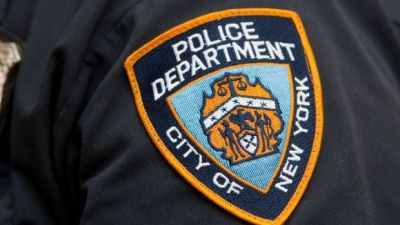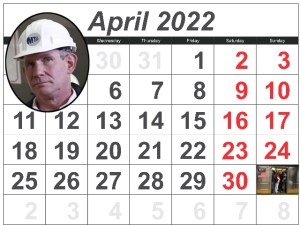Shoot the Whole Day Down: Subway Riders Don’t Like Mondays

Everybody’s working for the (long) weekend.
New transit data show that the Big Apple is more like the Big Garfield, with a population that simply hates Mondays. Subway ridership stats from October through March show that weekday subway ridership on Mondays was roughly 7 percent lower than it was for Tuesdays through Fridays (discounting holidays that fell on Mondays or other days of the week).
The numbers? The average on a Monday is 2,815,166 million rides over the six month period. The per day average for non-Mondays was 3,026,371 million.
The four-day weekend pattern reflects the new reality of hybrid work schedules, where employees must be at their actual brick-and-mortar job site only twice or thrice per week.
“A lot more companies are allowing people to be flexible with the days that they come in, and many people if they can choose to work from home two days a week, they’ll choose to do that Monday and Friday and go into the office Tuesday, Wednesday, Thursday,” said Tri-State Transportation Center Policy and Communications Manager Liam Blank, while also mentioning that he wasn’t planning on Monday commutes when he goes back to the office more regularly.
Fridays are in fact slightly off the pace of the middle of the week on the subways, but not by much. Here’s how it breaks down:
Monday is clearly the outlier. Commuters want to shoot (oo, oo, oo, oo, oot) the whole day down.
“I don’t think many people enjoy Mondays and, I think people like to ease their way into the work week. So if you could start your week by working from home, then I think you know that that creates less of an abrupt start to the week,” said Blank.
New Yorkers aren’t alone in their disdain for Mondays either. On the left coast, Bay Area Rapid Transit commuters have taken 96,949 rides on Mondays and 108,046 rides per day on Tuesdays through Fridays in the same October through April period. In Washington, D.C., commuters took 131,000 on Mondays in 2022 through the end of February. In the same time period, Tuesdays through Fridays had 149,000 rides on average in 2022.
The new commute patterns could impact the way that the MTA runs service, as incoming New York City Transit President Richard Davey said this week that he wanted service to reflect times when people are riding it. In Davey’s telling, it could mean less of a traditional rush hour service, and instead service times that reflect when people are actually traveling, such as weekends, early mornings and late night. Blank supported efforts like that, since even the evil overlords in charge of America’s legal finance crimes are admitting that most of their workforce won’t be doing the five day per week office shuffle.
“There needs to be more of an emphasis on increasing service in untraditional hours outside of the traditional peak, things like overnight service, weekend service. A lot more people are using the subway on weekends proportionally, that’s reflected even on commuter rail, the weekend ridership has tended to bounce back higher than the weekday ridership. So I think that’s showing where the MTA and other agencies should be prioritizing more of their service,” he said.





